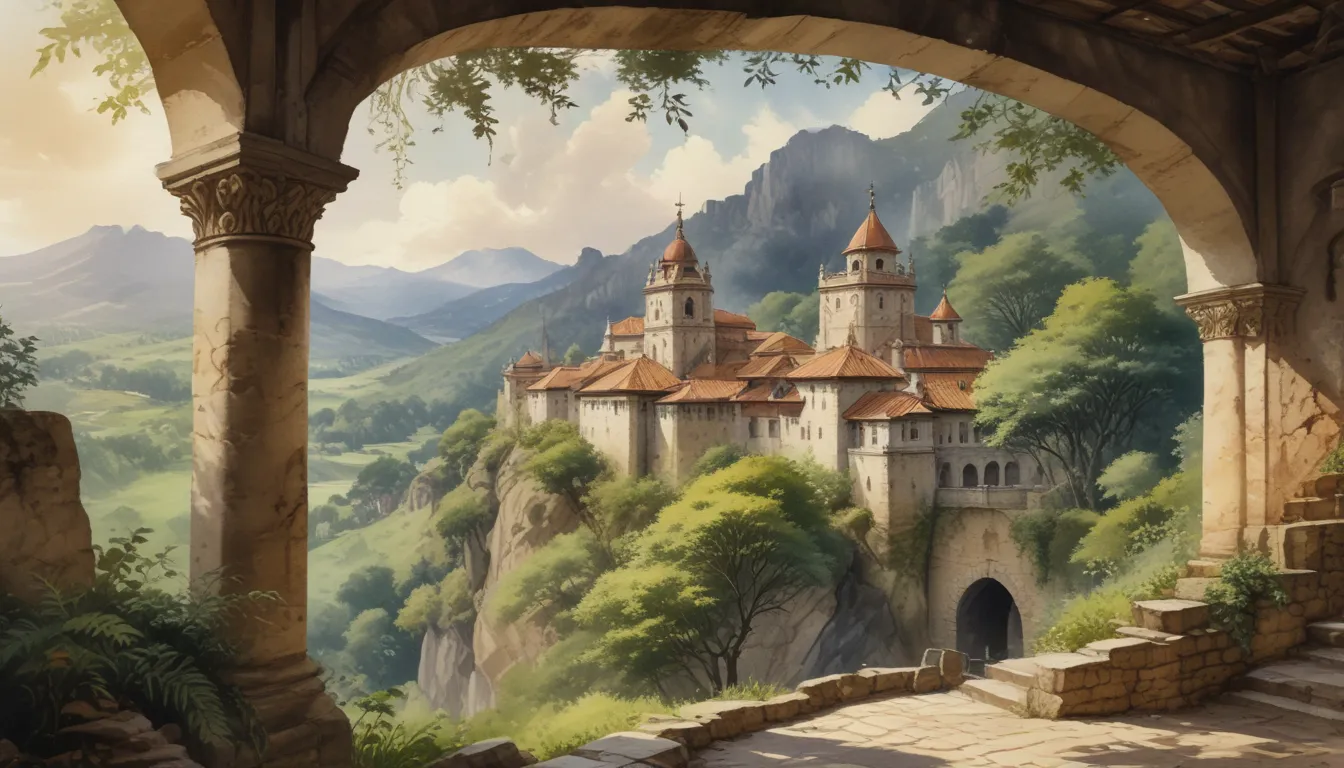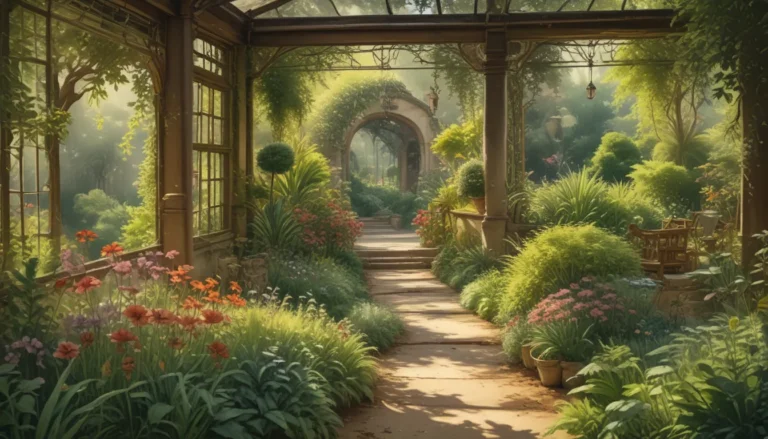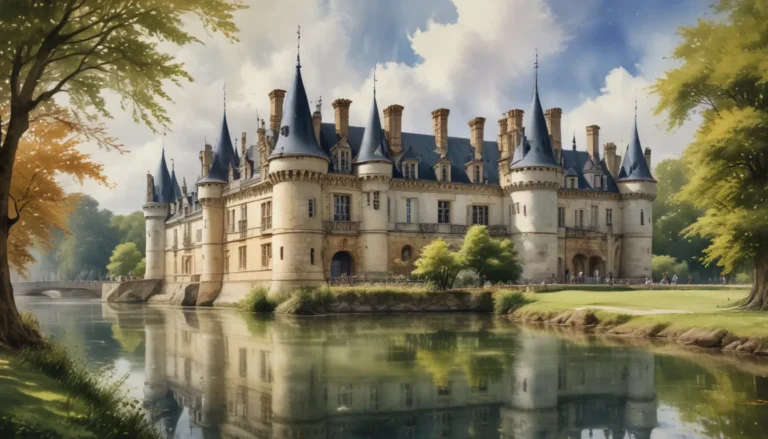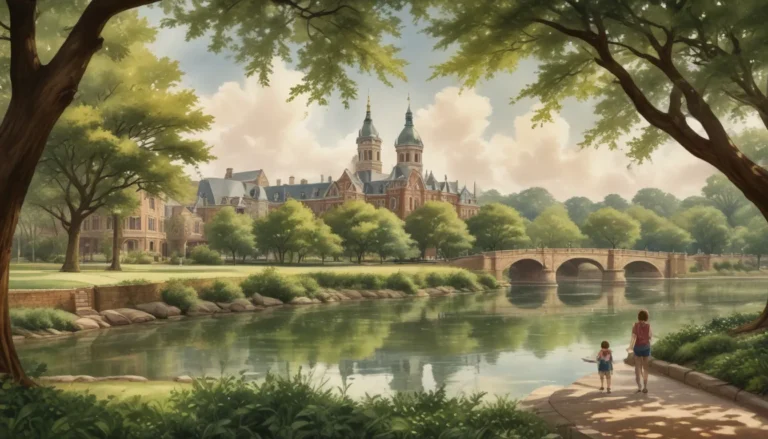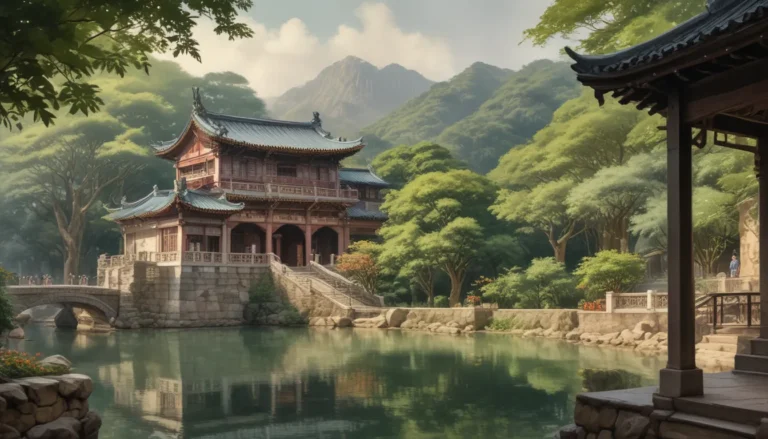The images in our articles are for illustrative purposes only and may not exactly match the content. They are intended to capture your interest and complement the text, not to replace it.
If you’re a history enthusiast or someone seeking a unique experience, the Monastery of Batalha in Portugal is a must-visit destination. This captivating landmark, built in the 14th century, boasts a rich and enigmatic history that will leave you in awe of its significance and architectural brilliance. From its connection to Portuguese royalty to its miraculous survival through wars and earthquakes, the Monastery of Batalha holds many intriguing secrets that make it a symbol of national pride and a UNESCO World Heritage Site.
The Inspiring Legacy Behind the Monastery
The Monastery of Batalha, also known as the Monastery of Santa Maria da Vitória, was constructed to commemorate the Portuguese victory in the Battle of Aljubarrota in 1385. This stunning Gothic-style architectural masterpiece stands as a symbol of national pride and a testament to the country’s rich history.
A Glimpse into Royal History
The construction of the Monastery of Batalha began in 1386 under the rule of King Dom João I of Portugal. It served as a final resting place for several members of the Portuguese royal family, including King Dom João I himself and his wife, Queen Philippa of Lancaster.
The Unique Architectural Blend
One of the most intriguing aspects of the Monastery of Batalha is its unique architectural style. It combines elements of both Gothic and Manueline styles, the latter being a distinct Portuguese artistic movement known for its ornate decorations, maritime motifs, and intricate stonework.
Exploring the Unfinished Chapels
A highlight of the Monastery is the Capelas Imperfeitas, or Unfinished Chapels. These were intended to be grand tombs for the royal family but were never completed due to financial constraints. Despite their incomplete state, the unfinished chapels exude a sense of grandeur and provide insight into the grandiose plans of the builders.
The Magnificent Rose Window
The Monastery’s main façade features a breathtaking rose window adorned with delicate tracery and intricate stone carvings. This architectural marvel allows natural light to filter through, creating a mesmerizing display of light and shadows within the interior of the monastery.
A Tribute to Military Triumph
Within the Monastery, visitors can explore a magnificent chapterhouse that pays homage to the military victory at the Battle of Aljubarrota. The walls are adorned with intricate tile panels depicting scenes from the battle, offering a visual narrative of this historic event.
Discovering the Hall of Kings
The Sala dos Reis, or Hall of Kings, is one of the most remarkable spaces in the Monastery. This majestic hall features an impressive collection of statues representing the 16 kings of Portugal, each intricately carved with incredible attention to detail.
The Splendor of the Founder’s Chapel
The Capela do Fundador, or Founder’s Chapel, is a true gem within the Monastery. This dazzling chapel was designed as the burial site for King Dom João I and Queen Philippa of Lancaster. The elaborate decorations, including gilded altarpieces and intricate tilework, make this chapel a focal point of the complex.
Unraveling the Mystery of Mason’s Marks
As you wander through the Monastery, keep an eye out for the mysterious mason’s marks scattered throughout the architecture. These unique symbols, carved by the stonemasons, have yet to be fully deciphered, adding an air of intrigue and mystery to the building.
The Monastery as an Artistic Haven
The Monastery of Batalha is not just an architectural marvel but also a haven for artistic expression. The interior showcases exquisite sculptures, delicate stained glass windows, and masterfully crafted tombs, highlighting the skill and creativity of the artisans involved in its construction.
Journeying Through Time
A visit to the Monastery of Batalha is like stepping back in time. The rich history, awe-inspiring architecture, and intricate details transport visitors to a bygone era, allowing them to immerse themselves in the grandeur and spirituality of this remarkable monument.
A Symbol of National Pride
The Monastery of Batalha serves as a symbol of national identity and pride for the people of Portugal. It stands as a testament to the country’s rich history, architectural prowess, and artistic heritage, captivating visitors from around the world with its grandeur and enigmatic allure.
Conclusion
The Monastery of Batalha is a truly fascinating landmark with a rich history and remarkable architectural beauty. Every aspect of the monastery tells a captivating story, from its association with Portuguese royalty to its incredible stone carvings and magnificent stained glass windows. Whether you’re an architecture lover or a history buff, a visit to the Monastery of Batalha is an experience not to be missed.
Plan your trip, immerse yourself in the beauty of the Monastery of Batalha, and let yourself be transported back in time to a place of wonder and mystery. Explore the blend of Gothic and Manueline styles, marvel at the unfinished chapels, and be mesmerized by the splendor of the Founder’s Chapel. Unravel the mysteries of the Monastery of Batalha and discover the secrets it holds.
FAQs
-
What is the history of the Monastery of Batalha?
The Monastery of Batalha was built to commemorate the Portuguese victory in the Battle of Aljubarrota in 1385 and the country’s independence from Castilian influence. Construction began in 1386 and lasted for over a century. -
What architectural style is the monastery built in?
The Monastery of Batalha is primarily built in the Gothic style, with intricate stonework and elaborate ornamentation. It also incorporates elements of Manueline architecture, a unique Portuguese style known for its maritime motifs. -
Can visitors explore the interior of the monastery?
Yes, visitors can explore the interior of the Monastery of Batalha. The church, chapels, cloisters, and royal tombs are open for public viewing, allowing visitors to admire the stunning craftsmanship and architectural details. -
Are guided tours available?
Yes, guided tours are available at the Monastery of Batalha. These tours provide detailed information about the history, architecture, and significance of the site, enhancing the visitor’s experience. -
Is the Monastery of Batalha accessible to people with disabilities?
Efforts have been made to make the Monastery of Batalha accessible to people with disabilities. However, due to the historic nature of the site, there may be certain limitations in terms of accessibility. Visitors are advised to check with the staff for specific details and assistance.
Unlock more captivating stories from around the world, embark on a virtual adventure through these enigmatic locations, and discover the secrets they hold. Trust in our commitment to quality and authenticity as you explore and learn with us. Venture into the wonders of the Monastery of Batalha and immerse yourself in its rich history and architectural marvels.
